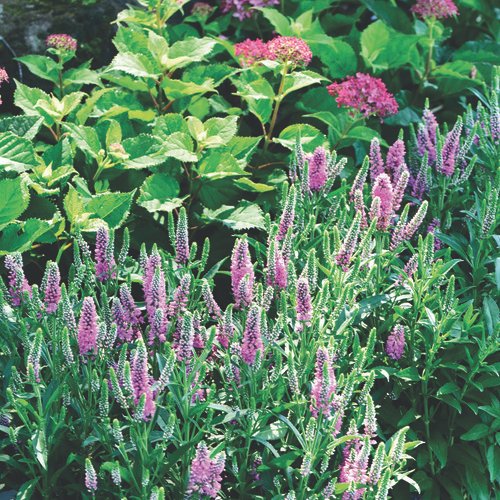Expert Picks for Long-Blooming Sun Perennials to Grow in the Midwest
If you’re looking for plants that provide blooms all season long—not just for a short time—these top picks for the Midwest are sure to brighten your garden. Find four long-blooming perennials for sun that thrive in sunny beds and borders from summer into fall.
See more regional picks: Heat-Tolerant Perennials for the Midwest
‘Purity’ candytuft
Name: Iberis sempervirens ‘Purity’
Zones: 3–8
Size: 6 to 9 inches tall and 12 to 18 inches wide
Conditions: Full sun; well-drained soil
Native range: Southwestern Europe
‘Purity’ candytuft is a front-of-border perennial ground cover that does a lot. Blooming for several weeks in spring, it also sports attractive, almost needlelike foliage for the rest of the year. The slightly domed pure white blossoms completely smother the plant, attracting butterflies aplenty. Be sure to deadhead and prune the foliage back into a mounded shape when the flowers finish their display; this is a must to keep it tidy. The foliage will stay evergreen even if snow-covered in winter. If ‘Purity’ gets tattered due to desiccation, any brown dehydrated tops won’t bloom, so consider a light winter cover of evergreen boughs in windswept sites. This candytuft was selected for its compactness, large flowers, and profuse bloom. It’s also rabbit and deer resistant.
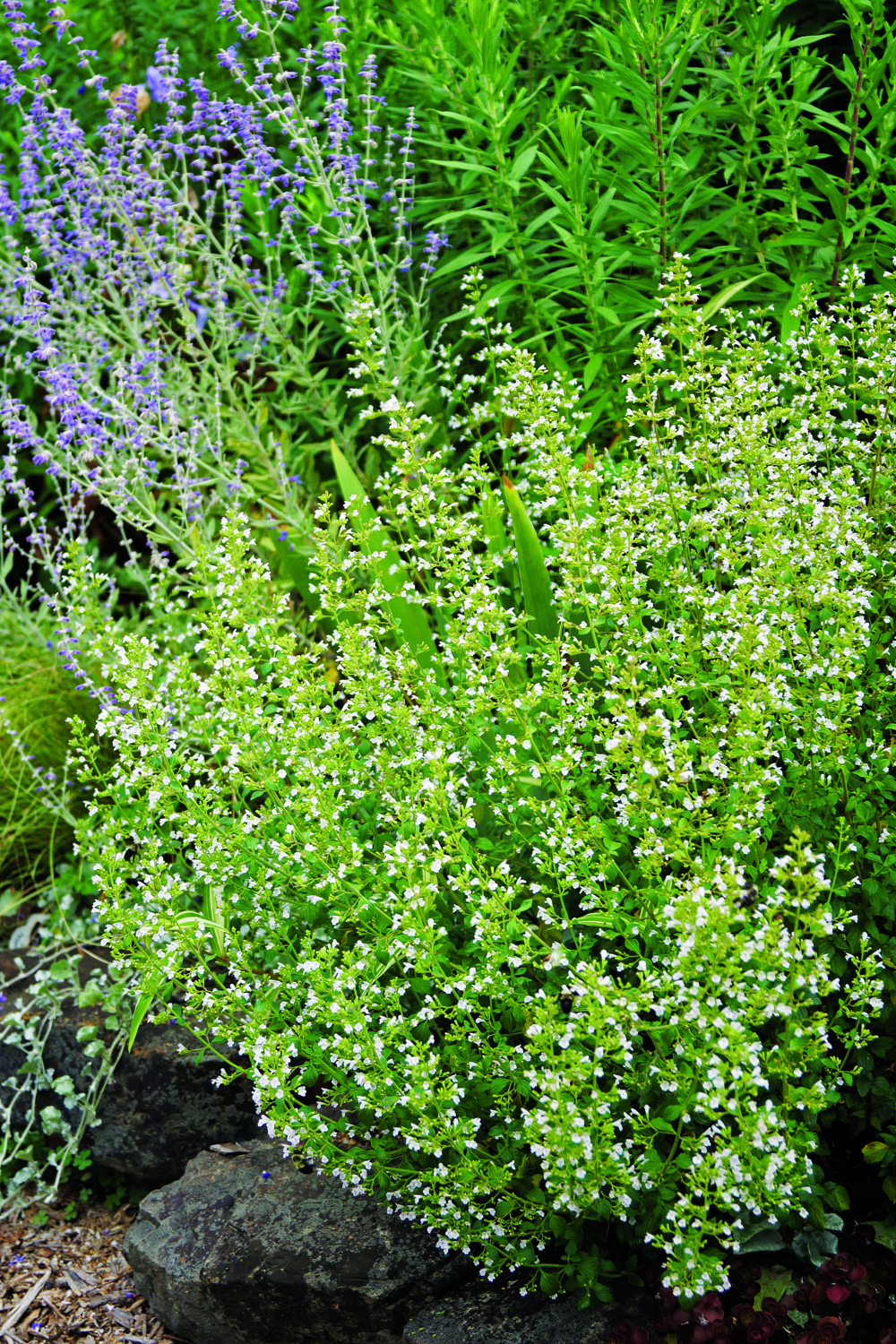
‘Montrose White’ calamint
Name: Calamintha nepeta var. nepeta
Zones: 5–9
Size: 15 to 18 inches tall and wide
Conditions: Full sun; average, well-drained soil
Native range: Europe, Mediterranean region
This plant has a very upright, almost vase-shaped habit and gray-green foliage with a strong herbal scent. The star turn really occurs when ‘Montrose White’ steps forward with its top-to-bottom froth of delicate two-lipped white flowers that last from June until late October. I don’t want to oversell here, but mine was still in full-tilt flower when I cut it back in early November this year. And this calamint is never without bees, wasps, moths, and butterflies hovering over it. I purposely avoid giving my plants supplemental water during drought and they haven’t been phased. Cooler fall weather often causes the flowers to tint blue. This cultivar is sterile and doesn’t seed about promiscuously.
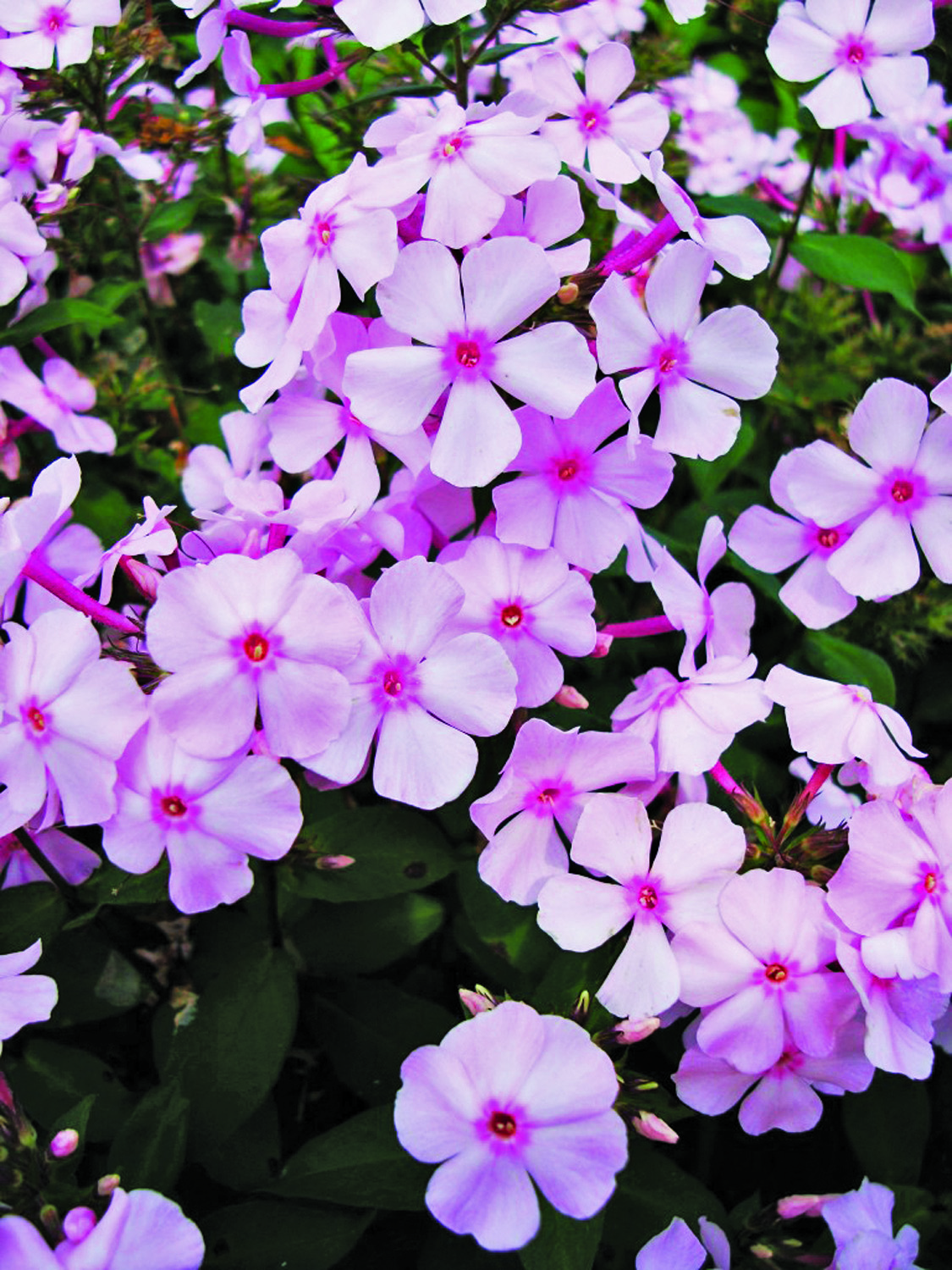
‘Thai Pink Jade’ garden phlox
Name: Phlox paniculata
Zones: 5–9
Size: 2 to 3 feet tall and wide
Conditions: Full sun; moist, well-drained soil
Native range: North America
Ever really wanted to have garden phlox, but thought, No, I’m not crazy about powdery mildew. Then I urge you to get this beautiful, highly PM-resistant phlox with a long bloom season. From July to late September, you’ll enjoy beautifully domed medium-pink flowers with a deeper pink eye and a lovely, lilting fragrance. Deadhead the first flush of blooms once they’re finished, and lower lateral flowers will emerge to keep the performance going. The foliage is pointed and seemingly thicker and darker green than most garden phlox, creating an asset in its own right. ‘Thai Pink Jade’ is also a marvelous cut flower. The plant’s habit is strongly upright, making it easy for bumblebees and hummers to stop for a sip.
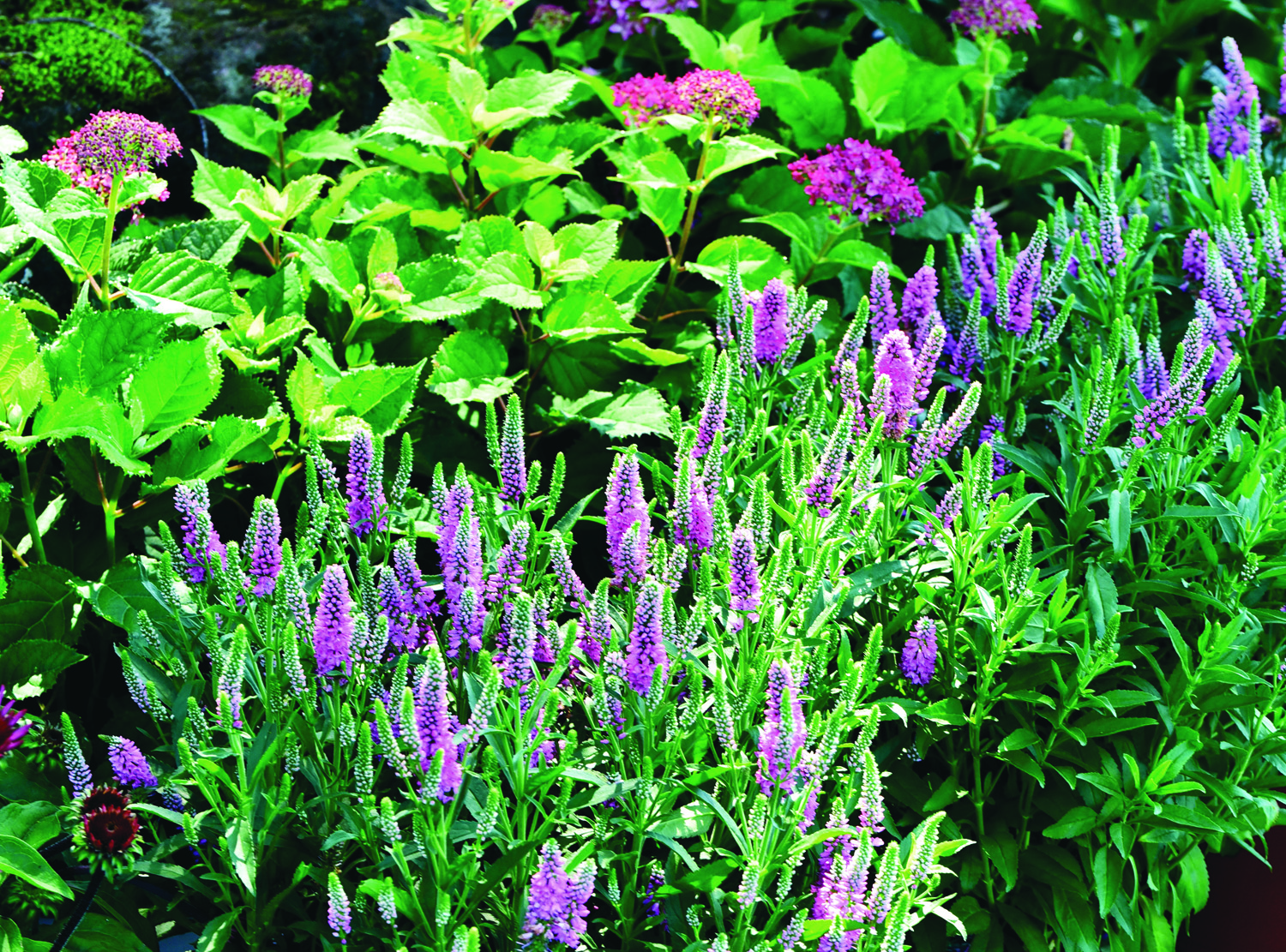
‘Bubblegum Candles’ veronica
Name: Veronica spicata ‘Bubblegum Candles’
Zones: 4–8
Size: 8 inches tall and 12 inches wide
Conditions: Full sun; rich, well-drained soil
Native range: Hybrid
At this stage of my gardening life, I’m inexplicably just growing veronicas for the first time and loving ‘Bubblegum Candles’. It’s a tidy little number with a dwarf habit and (yes, you guessed correctly) candle-like spikes of deep rosy-pink flowers that go on all summer, especially if you’re conscientious about deadheading. Its foliage is a deep, glossy green and serrated. This long-blooming perennial prefers an organically enhanced soil and supplemental moisture during drought. Bees, butterflies, and hummingbirds will be frequent visitors to your new addition—deer and rabbits, not so much. It’s useful for low front-of-the-border edging and staggered odd-numbered groupings, or even tucked in mixed containers. This plant could legitimately be described as “sweet.”
Regional expert: Tony Fulmer, a lifelong horticulturist, is the retired chief horticulture officer for Chalet, a specialty nursery in Wilmette, Illinois.
Fine Gardening Recommended Products
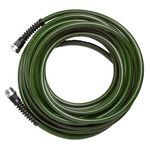
Fine Gardening receives a commission for items purchased through links on this site, including Amazon Associates and other affiliate advertising programs.
– Slim, lightweight design, is made with toxin-free polyurethane and utilizes industrial grade, lead-free fittings
– 3 Pounds
– 1200″L x 0.43″W
– Manufactured in the USA
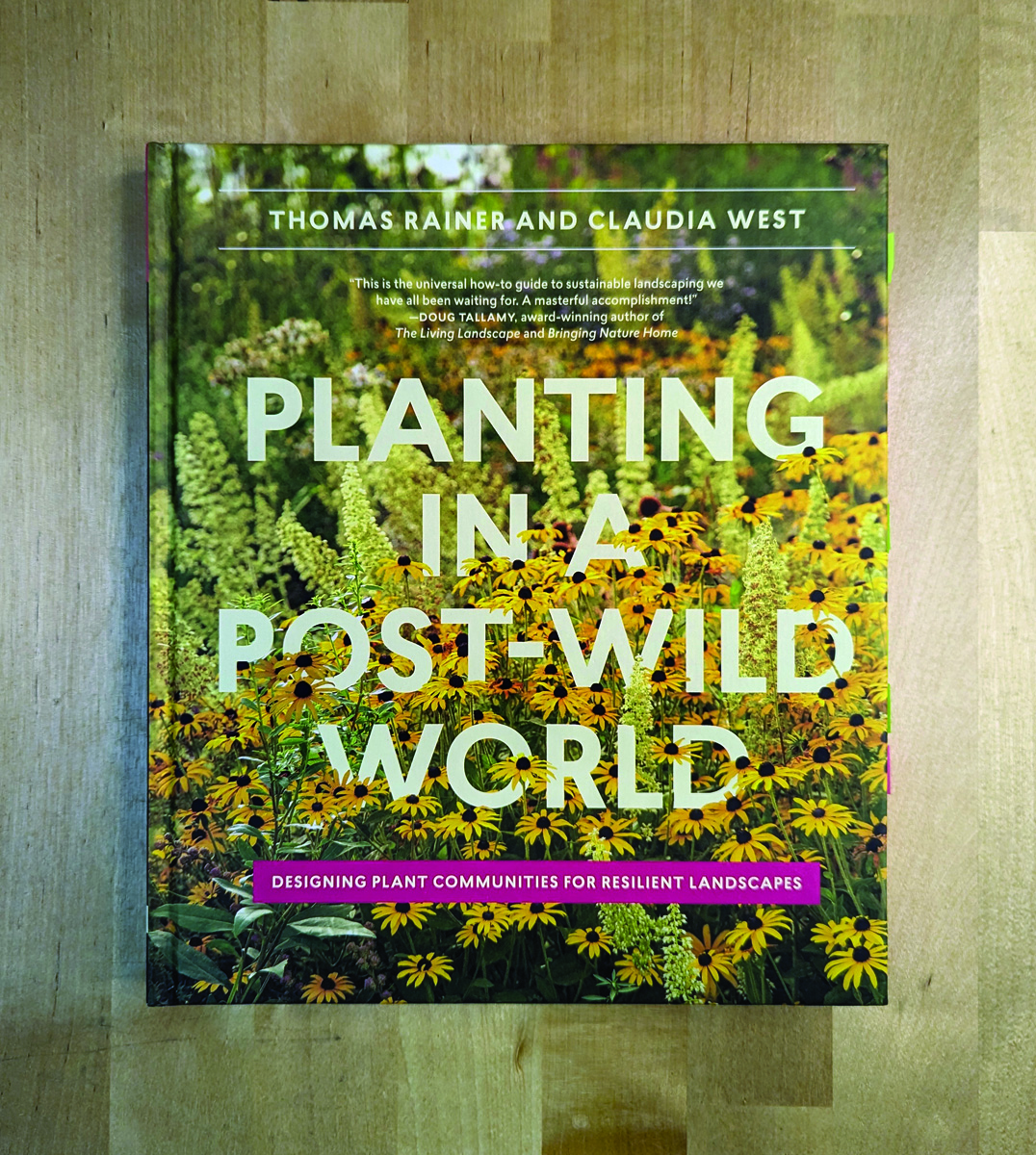
Planting in a Post-Wild World: Designing Plant Communities for Resilient Landscapes
Fine Gardening receives a commission for items purchased through links on this site, including Amazon Associates and other affiliate advertising programs.
Featuring gorgeous photography and advice for landscapers, Planting in a Post-Wild World by Thomas Rainer and Claudia West is dedicated to the idea of a new nature—a hybrid of both the wild and the cultivated—that can nourish in our cities and suburbs.
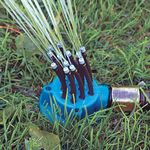
D&X Garden Sprinkler
Fine Gardening receives a commission for items purchased through links on this site, including Amazon Associates and other affiliate advertising programs.
– The Sprinkler is made of durable ABS Plastic, Base connector: Approx. 1/2″ ; Side connector: Approx. 3/4″
– 12 flexible nozzles that you can set in any direction, simply bend hoses to customize new watering patterns
– 360 degree coverage of 3000 sq. ft area
– 3.5 x 4 x 6 inches


